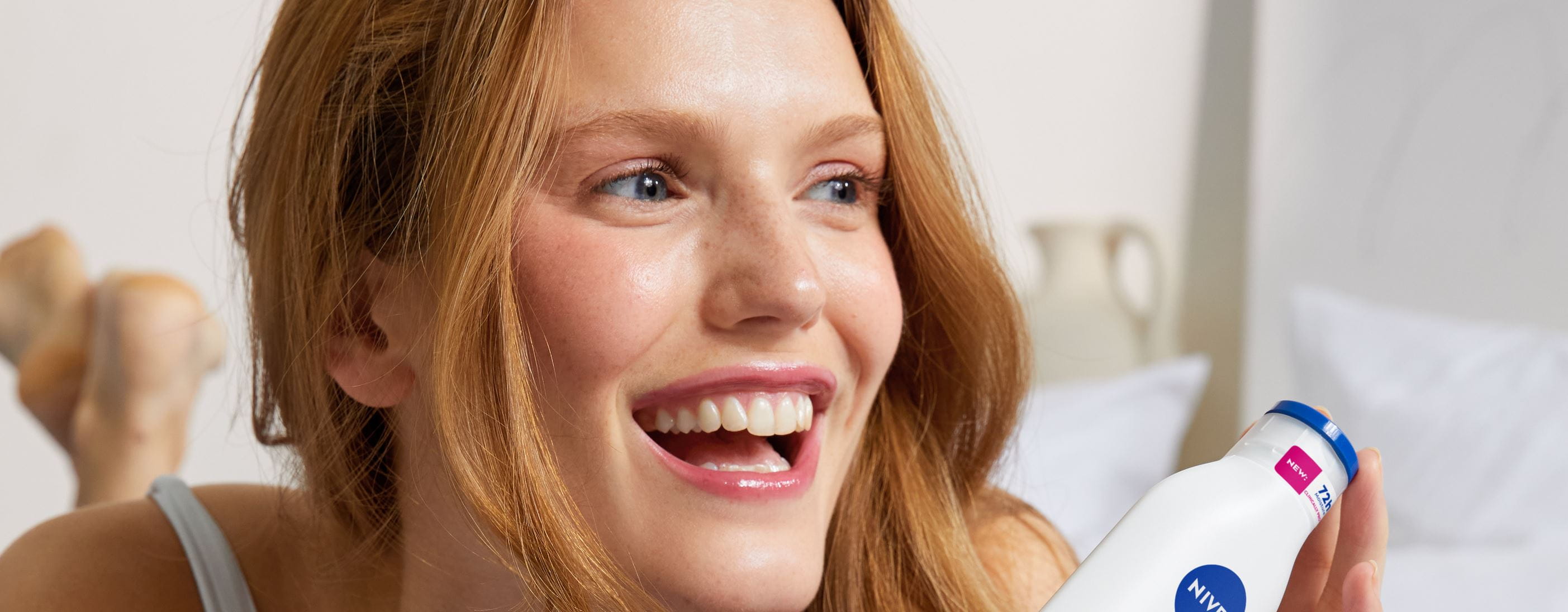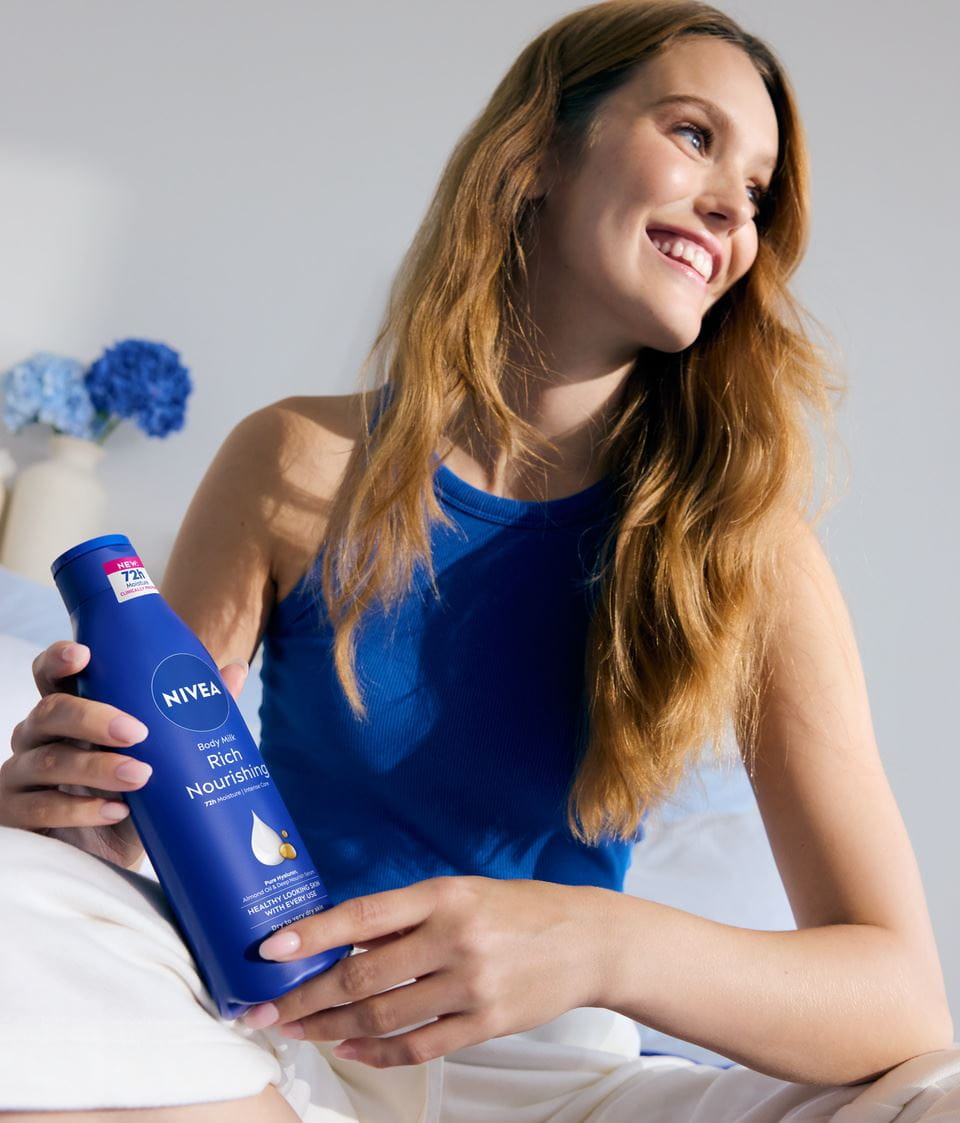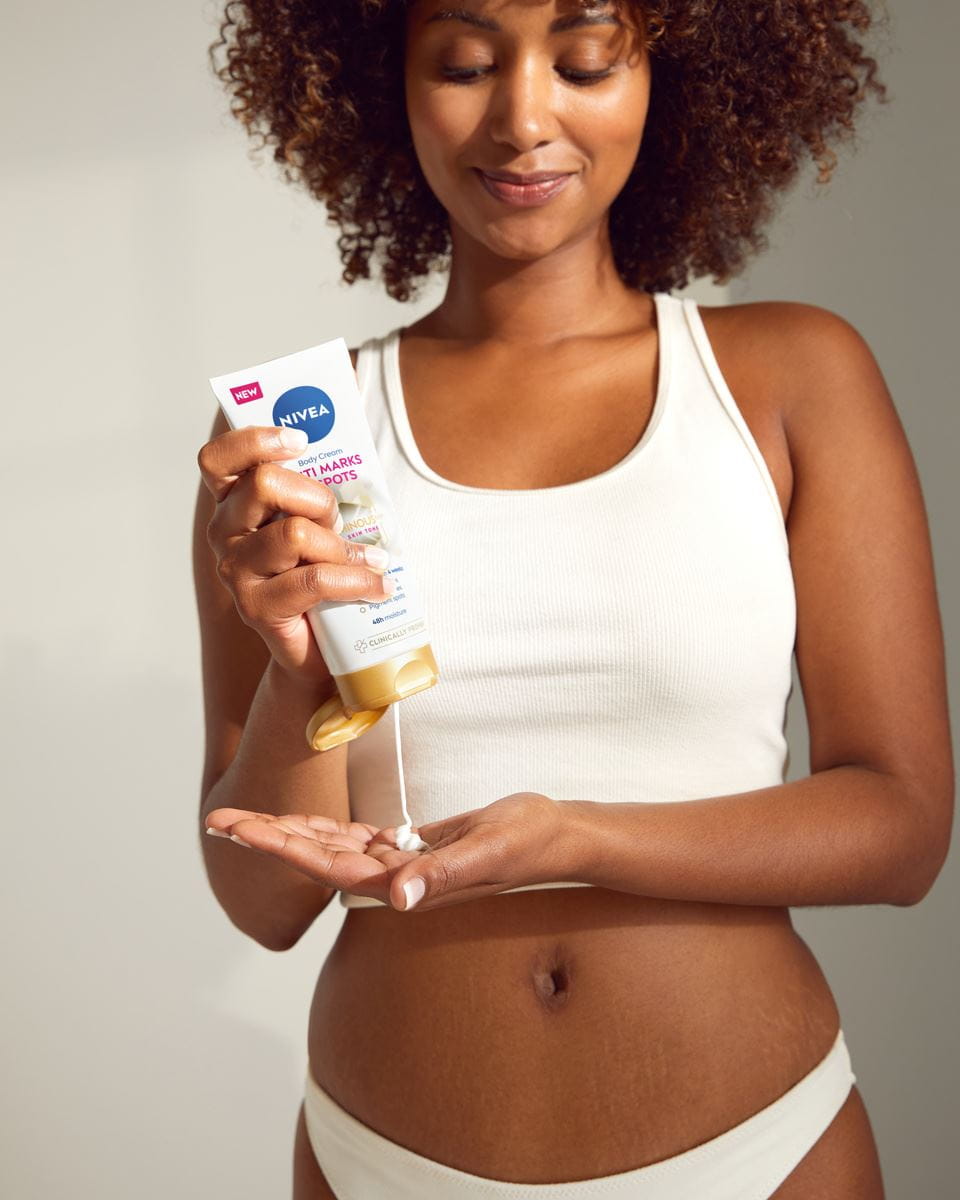
How to Build Your Body Skincare Routine
Learn the key benefits and steps to help you create your body skin care routine for smooth and hydrated skin
Knowing how to take care of your body skin and having a structured body skin care routine that keeps your skin healthy, feeling refreshed and nourished goes far beyond just showering regularly to clean up. It involves taking care of your body's skin from head to toe: cleansing, exfoliating, moisturising, and applying sun protection to help keep your skin smooth and hydrated.
6 Benefits of Maintaining a Regular Body Care Routine
Does Body Skincare Differ Between Men and Women?
A body care routine for women may focus on moisturisers and should be adapted to the skin's needs, which may vary according to hormonal changes during the menstrual cycle, pregnancy, or menopause. Women’s hormones can affect how the skin retains moisture or reacts to external factors, which can lead to drier, oilier, or more sensitive skin. Depending on the case, some women may opt for thicker, more nourishing moisturisers or soothing treatments.
Men’s body skincare often includes stronger cleansers to cater for their thicker skin.
However, learning how to take care of your body skin, including cleansing, exfoliating, and moisturising your skin regularly, can be beneficial for you as a man or a woman.
Men’s body skincare often includes stronger cleansers to cater for their thicker skin.
However, learning how to take care of your body skin, including cleansing, exfoliating, and moisturising your skin regularly, can be beneficial for you as a man or a woman.
5-Step Body Skincare Routine
Although men and women may choose different products to suit their individual needs, this general routine of how to take care of your body skin works for everyone.
Common Body Skincare Concerns:
While the steps in the previous section can be a foundation for how to take care of your body skin, there may be specific skin concerns that you wish to address. Here are a few examples, and ways you can mitigate them:
Extra Body Care Tips and Tricks:
How to Make a Homemade Body Scrub
Homemade scrubs can be prepared with natural ingredients that are easy to find at home. Below are just a few examples of frequently used homemade scrubs. Depending on their shape and size, some of the particles used in these scrubs may nevertheless have an abrasive effect on the skin, which could aggravate sensitive skin. If you have sensitive skin, choose products specially formulated and tested for sensitive skin
Summary
A regular body skincare routine is essential for maintaining smooth hydrated, and healthy-looking skin. Key steps include cleansing, exfoliating, moisturising, and applying sunscreen daily. Proper care can help to prevent dryness and signs of ageing while promoting a more even skin tone.






